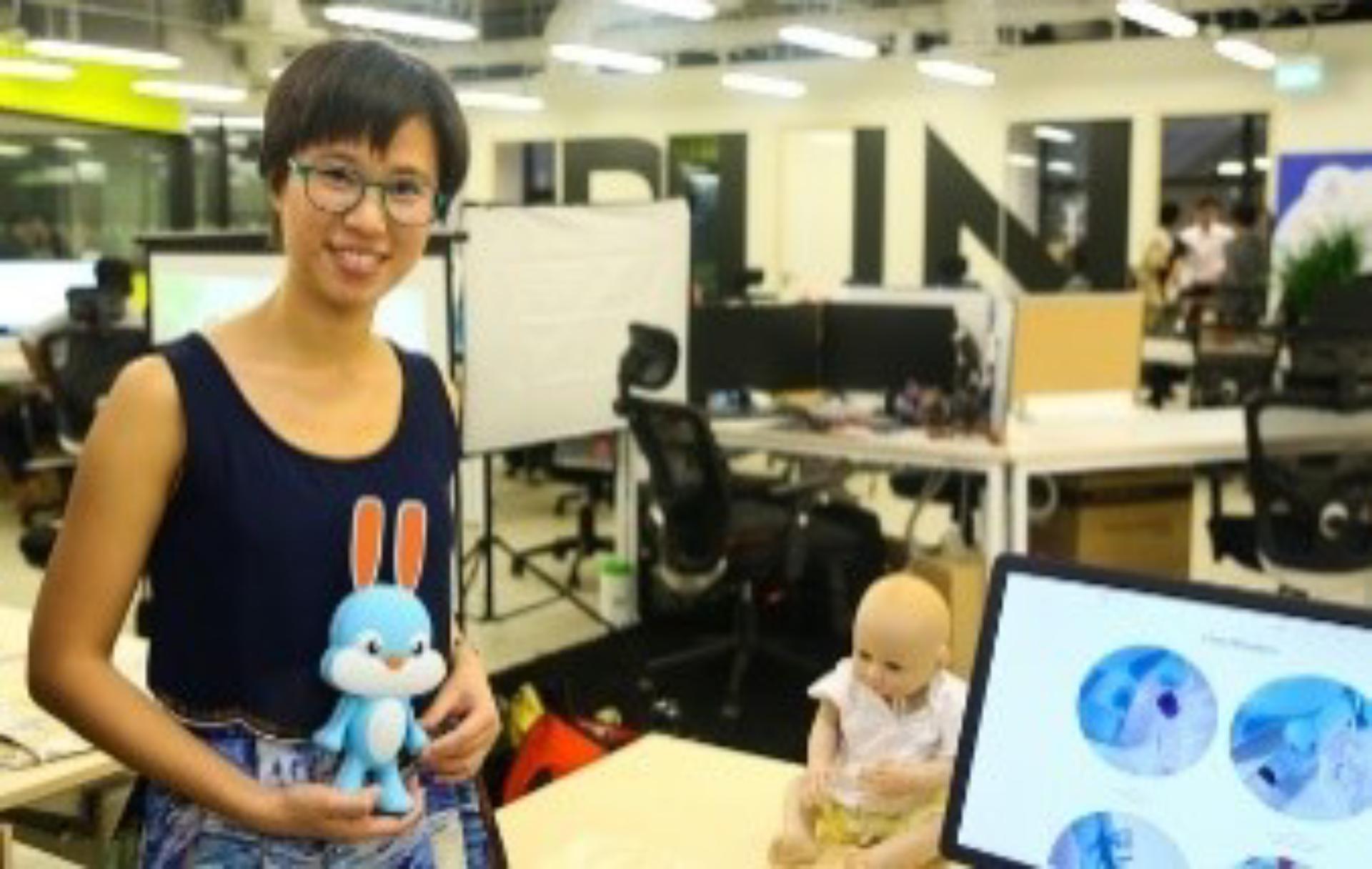Since 2005, the James Dyson Award has challenged inventive and entrepreneurial undergraduates and recent graduates of engineering and design, to ‘Design something that solves a problem’. Purposely broad and open-ended, the brief challenges students to solve big problems. Past winners have found solutions to renewable energy generation, new forms of sustainable plastics, and medical and cancer screenings. James Dyson chooses the two global winners; they receive vital funding and global recognition – key first steps to take their ideas into real life practical application.
“Young people want to change the world and the Award supports them to do that giving crucial funding, validation and a platform to launch their ideas. They are remarkably successful, 65% of international winners are commercialising their ideas, against a backdrop where 90% of start-ups fail. I will be looking for radical inventions that challenge and question established thinking. Good luck!”
James Dyson, Founder and Chief Engineer at Dyson2020, an unmatched year
Last year saw a record-breaking number of entries to the Award and the new Sustainability prize awarded its first recipient: AuREUS, invented by Carvey Ehren Maigue from the Philippines. Recognising the role that engineers and scientists play in creating a sustainable future, the James Dyson Award introduced this global recognition prize last year, focused on ideas which tackle environmental issues and share Dyson’s philosophy of lean engineering, doing more with less.
In 2021, there continues to be two S$53,000 global prizes: the International Sustainability winner and the Overall International winner. But first, each participating country and region will award a National winner S$3,500 and two National runners-up. Those that win a National accolade proceed to the International awarding stages.Solving real problems
The best inventions are often the simplest, providing clear and intelligent solutions to real-world problems. The 2020 International winner, The Blue Box, is an at-home breast cancer detection device that diagnoses patients using an AI algorithm and a urine sample. It is designed to be less invasive and more accessible than current screening processes, after witnessing a rise in women skipping mammograms. The inventor of The Blue Box, 23 year-old Judit Giro Benet, says winning the Award was “a real turning point as the prize money will allow for extensive patenting to expedite research and software development”. The prize money and global publicity the Award gave Judit means she is now working on final stages of prototyping and software development at the University of California Irvine, ready for human studies and clinical trials.
Want to know what Dyson engineers are looking for in an award-winning invention? Hear from long standing James Dyson Award judge, Peter Gammack, VP of New Product Innovation at Dyson, on the Dyson Newsroom here.
Boosting opportunities
The Award has given young inventors international media exposure, which has opened up further investment and opportunities for them to develop their ideas. The UK 2011 National winner KwickScreen, infection-controlled screens for patient safety, has grown to establish a company employing over 70 people, supplying screens to every NHS trust in the UK and 240 hospitals internationally.
In 2017, US National runner-up SoaPen, a colourful soap pen encouraging safe handwashing, commercialised their invention and were listed in the prestigious Forbes 30 Under 30 List. SoaPen now ships its expanding product portfolio across America, most recently creating a hand sanitizer to meet demand during the Covid-19 pandemic.
-

-
2011’s Singaporean runner-up, Rabbit Ray, is used by 44 hospitals across 23 countries. It’s a communications tool for hospital staff to use when explaining medical procedures to children. Its inventor, Esther Wang, has since founded an award-winning health-education company, Joytingle, and her Rabbit Ray invention supports medical procedure communications from vaccinations to chemotherapy.
-

-
2016’s Singaporean National Winner, Oneware, is close to launching. Its inventor, Loren, has improved its design and is now working with a manufacturer from Taiwan to build and launch limited sets into the market. Oneware is a series of modular units that aids individuals with one available arm in food preparation and dish washing. Oneware consists of a main frame with modular units that include a chopping board and a silicone net for washing of dishes.
-

-
2018’s Singaporean National Winner, ’Folks’ kitchenware is set to launch this year. Its inventor, Kevin Chiam is collaborating with MightyJaxx – an award-winning design studio specialising in art collectibles to build and get ‘Folks’ into the hands of the visually impaired. ‘Folks’ is a series of familiar kitchen tools that uses natural, sensory feedback and tactile cues to help the visually-challenged prepare food safely with convenience and confidence.
Throughout this year’s Award, stay up to date with how past winners are engineering our futures on the James Dyson Award Instagram page and the Dyson Newsroom.
How to enter
Candidates enter through an online application form via the James Dyson Award website. The deadline to apply: midnight PST on 30 June 2021.
Entrants should explain what their invention is, how it works, and their development process. The best entries solve a real problem, are clearly explained, show iterative development, provide evidence of prototyping and have supporting imagery and a video.
All judges will take into consideration the restrictions to prototyping and product development as a result of the Covid-19 pandemic.
Further FAQs can be found on the James Dyson Award website.
Yvette Yeo
Email:yvette.yeo@dyson.com

